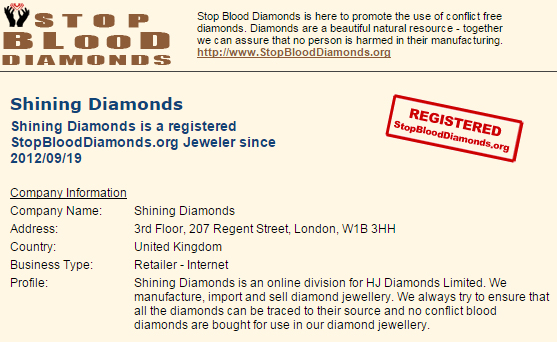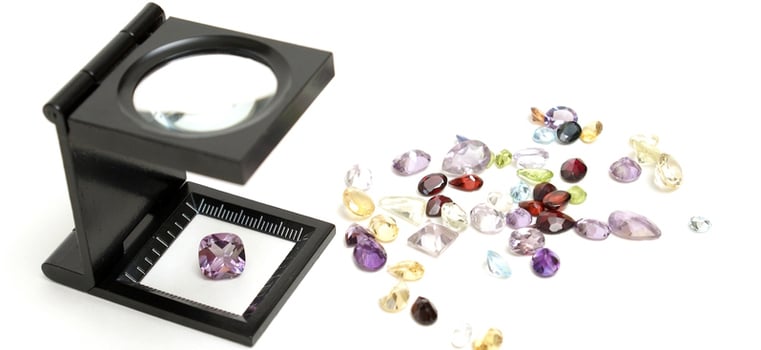Accept No Substitute – Why Real Diamonds Beat Synthetic Every Time
“Diamonds are forever” sang Shirley Bassey in the classic James Bond film of the same name – and it’s true, too. But like clever Bond-movie villains, some would have you believe that anything that looks the part is just as good.
Don’t believe every diamond myth that gets paraded about as fact. Here’s the real skinny on “girl’s best friend.”
Myth: Diamond wannabes – like cubic zirconia (CZ), Swarovski crystal, Moissanite, etc. – are as good as the real thing.
Busted! While these gems are lovely to look at, they will NOT stand the same test of time that a diamond will as they do not possess the same hardness of a diamond, nor will they appreciate in value as diamonds will.
Myth: Synthetic/lab-created diamonds are as valuable as natural diamonds.
Busted! Synthetic diamonds are so easy to produce they are flooding the market, making them virtually worthless. Additionally, being lab-created, and therefore identical, means there is nothing to distinguish their value from one stone to the next.
Value is created via exclusivity. Imagine if every woman had a Louis Vuitton handbag – would you consider your own to be special and distinct? Natural diamonds are a limited, precious commodity, each one unique. This is why diamond jewellery can be an excellent investment.
Myth: All diamonds are “blood diamonds”.
Busted! Nothing could be further from the truth! Conflict diamonds are a horror to everyone reputable in the diamond industry.
Because of this, the Kimberley Process (KP) was established in 2000 to ensure that conflict diamonds would not find their way to the legitimate market.
Additionally the World Diamond Council “represents the industry in the Kimberley Process”, and civil societies like Partnership Africa Canada are also committed to stopping the trade of conflict diamonds. To this end the PAC keeps a watchlist of countries who are at any time not in compliance with the Kimberley Process.
But diamonds come from many places in the world, including Canada, Russia, and Australia – and “KP members account for approximately 99.8% of the global production of rough diamonds”. Some companies, like CanadaMark, even have their own policies in place to trace gems “from mine of origin through to the polished diamond”.

For our part, Shining Diamonds is a member of StopBloodDiamonds.org, “an organization pledged to stopping the exploitation of the diamond trade by human rights abusers”. And the industry as a whole is committed to producing diamonds ethically.
Here are some other interesting facts about the diamond industry, courtesy of DiamondFacts.org:
- It employs approximately ten million people worldwide, directly and indirectly, in roles from mining to retail
- 30% of diamonds are of gem quality suitable for jewellery
- 70% of diamonds are “sold for industrial applications including cutting, drilling, grinding and polishing in industrial applications”
- You can see the demand goes far beyond simple diamond engagement rings and diamond stud earrings (though we love those, of course). Legitimate diamond companies take corporate social responsibility very seriously, and the countries where diamonds are produced depend on the industry for economic stability. Another reason to feel good about supporting trade of this beautiful natural resource!And when you buy diamond jewellery online there’s even more incentive to buy natural diamonds over any other option: variety of styles and prices that can’t be beat by any brick and mortar shop. Diamonds are too expensive? One more myth busted!And no more excuses not to treat yourself to the real thing. You know you deserve it.What other diamond myths have you curious? Ask us – we’re ready to bust them!




